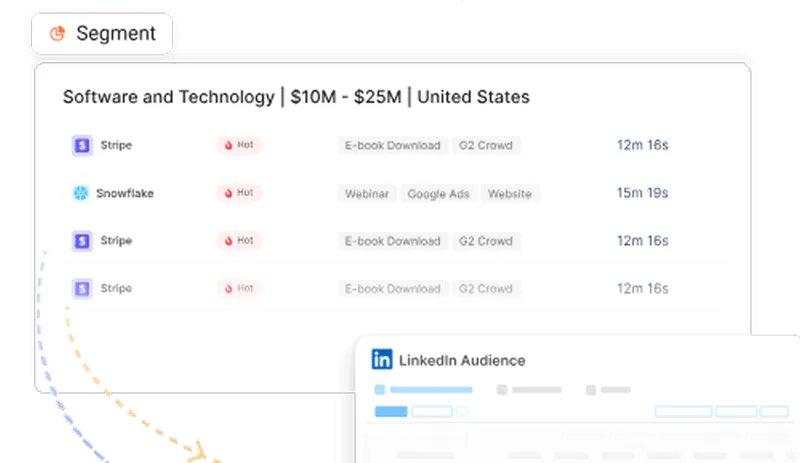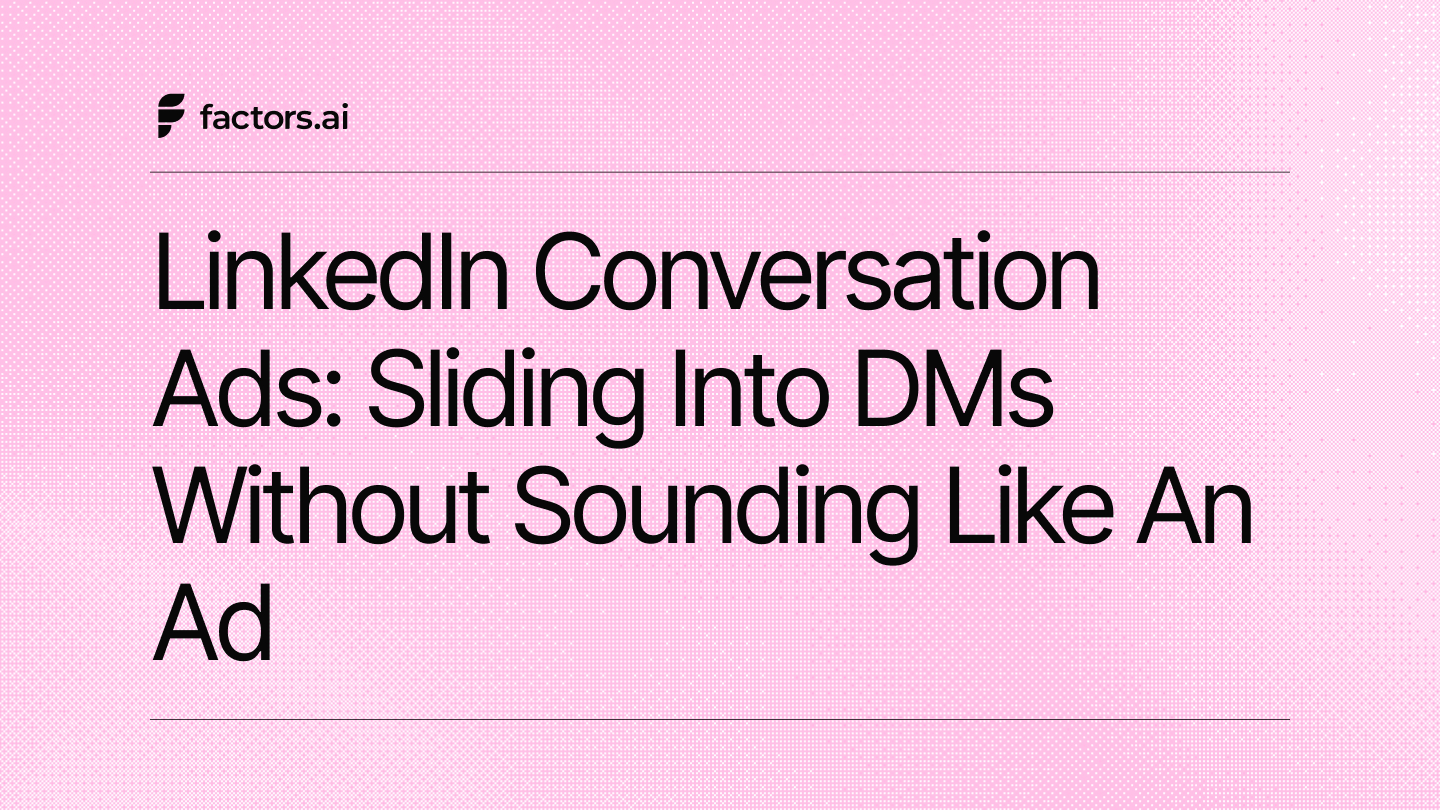What are Lead Magnets?
Want to skyrocket your marketing efforts? Learn all about lead magnets, how to identify scope, & create them. Steps to ensure your lead magnet delivers.
What are Lead Magnets?
Lead Magnets are ‘gated’ content pieces that are created with the aim of providing useful information to users in exchange for their contact details (Email IDs/Mobile Nos). Content pieces such as newsletters, guides, white papers and other informational documents are used for this purpose.
The captured leads are then nurtured through customized email sequences in order to improve funnel progression and conversion rates.
Here’s a classic example of a lead magnet:
Let’s say you’re browsing a business website that provides sales intelligence to other companies. Just as you reach the middle of the page, you see a link to an insightful and informational guide. To access it, you click on the Call-To-Action button ‘Download Now’, which then triggers a popup asking for your email ID. Upon successfully entering the ID, you’d have access to the guide while the marketing team at the other end would add your ID to a mailing list for the purpose of nurturing.
Why Don’t We Give All Content For Free?
To answer this question, let’s analyze the pros and cons of not having any gated content on the website:
- Pros:
- High Accessibility: With no form in place, users will be able to access content without filling any form, thus reducing drop-offs
- Helps with SEO: If you’re not gating content, it means it lies in its full form on the website. This helps improve SEO score through strategic keyword placement within the content.
- Better Content Tracking: Since the content is not gated, metrics such as session time duration, page time, bounce rate and so on can be calculated to gauge the effectiveness of the content
- Cons:
- No Leads Acquired: The contact details of the user reading the content will not be known. Thus, the nurturing process cannot take place.
- Losing out to competitors: It is highly likely some other competitors will be using gated content with structured nurturing sequences and could end up winning a customer even though their content may not have had a similar impact.
Thus, while the accessibility and visibility of your brand increases with ungated content, you lose out on leads which other competitors may be able to capture.
Mixed Gating Strategy - Intent Driven
A mixed gating strategy involves using both gated and ungated policies based on the type of content.
When your focus is on improving the top funnel such as website visits, content that indicates low intent can be ungated. For example, a document on ‘What is Marketing Analytics?’ would be considered low intent since the vast majority of the users would be in the exploration phase and not ready for a sales call yet . This helps in avoiding the generation of leads with low quality who are not in the buying process yet thus allowing Sales Reps. to focus on high quality leads.
When you’re focusing on generating high intent leads, gated content can be utilized. For example, a guide on ROI analysis . Since such content indicates high intent, you can expect the lead volume to be low and the quality to be high.
A good way to connect the two gating policies would be re-marketing campaigns. All users who have visited the ungated content can be re-targeted with promotions for high intent gated content. Leads generated from these campaigns can be then expected to have higher quality in terms of conversion rates.
Account Level Tracking - Isn’t It Sufficient?
Many businesses that have adopted account-based marketing would argue that a mere visit to the website on any of the content pages would be enough to create a user profile with details such as location, company of the user, etc via IP address identification tools. This would seem to solve the gated/ungated content conundrum.
However, there are two points to be considered here. One, most IP address tools are not 100% accurate leading to missing or sometimes even wrong data. Two, even if you have been able to correctly identify the user’s location and company, how would you go about contacting them? It could be a marketing specialist belonging to a large corporation with 10K+ employees or a software engineer of a mid-sized company. Either way, with no email address, there would be no way to determine who read your content.
Thus, account level tracking gives limited understanding of who is reading your content, but is not enough to get contact information that can be used for customized nurturing sequences.
Finally, it’s important to focus on the content quality and the value it adds to the readers. There should be a strong enough reason for a user to submit their Email ID in exchange for the content. Good quality content will leave a lasting impression on the reader and aid towards brand recall.
See how Factors can 2x your ROI
Boost your LinkedIn ROI in no time using data-driven insights


See Factors in action.
Schedule a personalized demo or sign up to get started for free
LinkedIn Marketing Partner
GDPR & SOC2 Type II
.svg)






.jpg)



